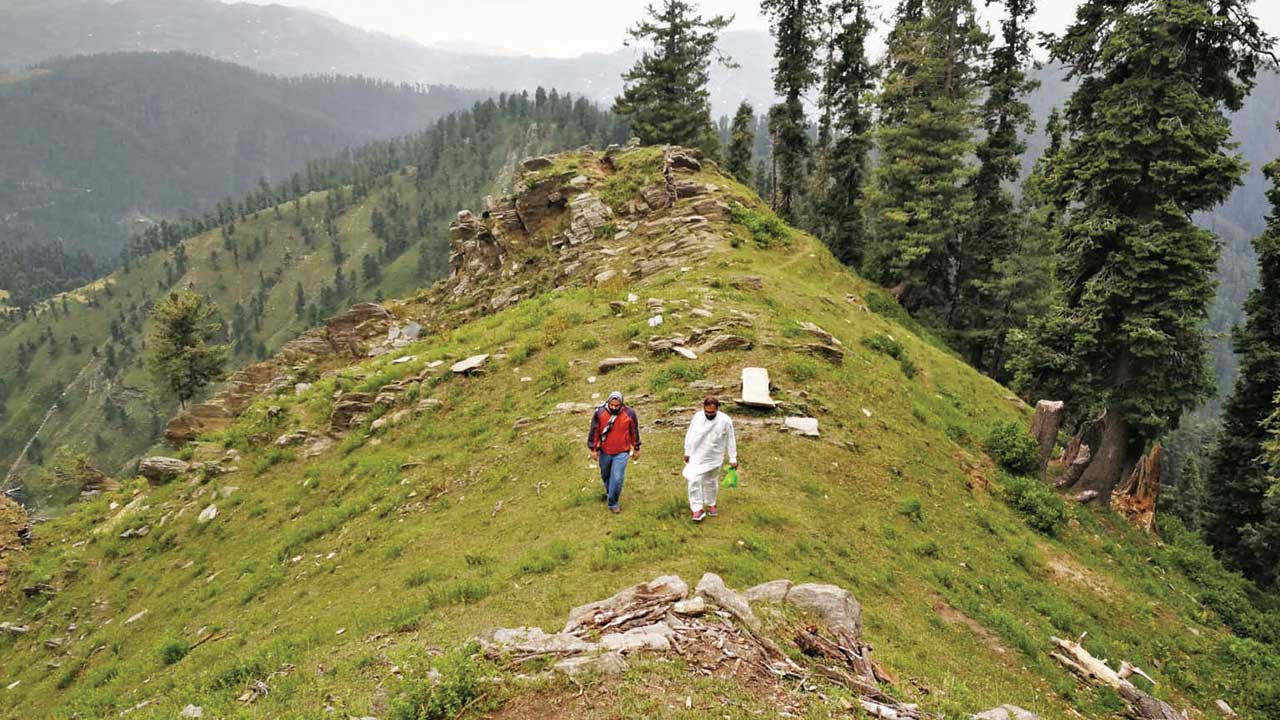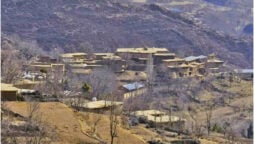Synopsis
Government initiates divisional teams, frames SOPs to prevent damage to forests across KP

The government has initiated divisional level teams and framed standard operating procedures (SOPs) to halt the forest fires across Khyber Pakhtunkhwa (KP).
The decision is aimed at containing the frequent incidents of forest fire in the province.
The official document notified SOPs while taking on board all the stakeholders including forestry, environment and wildlife departments of KP.
The government has constituted a divisional Forest Fire Management Team (FFMT) headed by the commissioners concerned and all the stakeholders. The official documents state that the FFMT is empowered to map out the fire alert, formally assign responsibilities to the departments concerned and take punitive action against the culprits involved in the forest fires.
The document stresses that the FFMT will ensure the arrest of those responsible for intentional forest arson or negligence in legal proceedings under Sections 26, 33 and 45 of the Khyber Pakhtunkhwa Forest Ordinance 2002.
The document notified by the provincial government reads that the provincial forest department will install fire lines in the designated forests to control fires and reduce losses, if a blaze erupts.
The notified SOPs state that the Rescue 1122 service would support the firefighting setup and FFMT has been empowered to impose Section 144 between May and September to ban all types of fireworks and campfires.
Keeping in view the difficulties of access and lack of equipment with the forest department, Rescue 1122 may provide its firefighters with standard equipment for forest fires in inaccessible and remote areas of KP.
Under the SOPs, the FFMT would also establish buffer zones in the provincial forest covered areas under which grass will be removed. In addition to this, a buffer zone of at least 100 metres will be developed, which will be enforced between the construction line and forest.
The SOPs warned that the garbage dumping will be banned near the forest within 500 metres while all the chief conservators would deploy rapid response teams, dedicated to firefighting along with their equipment near the hotspots.
Under the notification, the department will designate an officer for managing and arranging formal firefighting trainings and drills/mock exercises, both for actual firefighters.
KP is a ‘paradise of forests and trees,’ hosting around 17 per cent of the total area of the region. These forests are mainly located in the mountainous areas of Swat, Malakand, Dir and Hazara districts of KP. In recent years, the forest fires in the country have become a major environmental disaster due to the climate crisis and increased human economic activity.
The forest department has recently informed the provincial assembly of KP that 815 acres of forest had been reduced to ashes in various fire incidents in the year 2019-2020. The department further shared statistics with the members that 58 incidents of forest fires were recorded in 12 districts of northern KP during 2019-2020.
The official of the forest department mentioned that Buner district was most affected by forest fires, where 19 such incidents were reported during the period, in which 289.5 acres of forest were reduced to ashes. The official further informed that there were 13 incidents of fire reported on 126 acres at four places in Madian area of Swat district, 85 acres of forest were burnt in Mardan while two fire incidents in Nowshera were reported in which 155 acres of forest were destroyed.
The forest official elaborated that there are 40 acres in Haripur, 27 acres in Kohistan, 24 acres in Abbottabad, 35 acres in Swabi, 17 acres in Bajaur, 10 acres in Upper Dir, five acres in Malakand and one acre in Dir Kohistan that were damaged. The forest department revealed that the number of fire incidents had increased in 2019-2020 compared to the years 2015-16, 2016-17 and 2017-18, which had cost the provincial department to lose more than 1.2 million trees to forest fires. This was reportedly a loss of over Rs27.2 million.
The department claimed that the forest department has purchased firefighting equipment, which has been provided to the district forest officers concerned of Buner, Abbottabad, Chitral and Swat.
The teams including the community, district administration and other departments concerned have started cleaning, thinning and grass collection at the fire line.
The teams have cleared Kotal Wildlife Park (Kohat), Tanda Wildlife Park (Kohat), Nizampur National Park (Nowshera), Toghmangara Safari Park (Kohat).
Over the past decades, there has been a growing increase in the amount and intensity of forest fires across the world. This phenomenon has raised public and activist concerns about the environmental and socio-economic impacts of forest fires.

To know about the recent development, Bol News contacted Sahibzada Muhammad Jawad, who is a student of doctorate degree in biodiversity.
The teacher of biodiversity termed the development ‘revolutionary’ for the protection of environment in the province because the forest department has no preventive or curative wildfire strategy.
He highlighted that the summer season is around the corner and departments concerned in the province have no system of information to control fire hazards.
The young environmental advocate said that in the province half the cases could be classed as intentional fires while there are many fire events, in which the names of accused were known but only one accused was punished.
He concluded by saying that forest fires are a major threat to the forest resources of the valleys and if this was not controlled in time, the people will soon be facing a severe climate threat across KP.
The author is a freelance multimedia journalist based in Peshawar. He tweets @JawadYousufxai
Catch all the Breaking News Event and Latest News Updates on The BOL News
Download The BOL News App to get the Daily News Update & Live News.












 Read the complete story text.
Read the complete story text. Listen to audio of the story.
Listen to audio of the story.